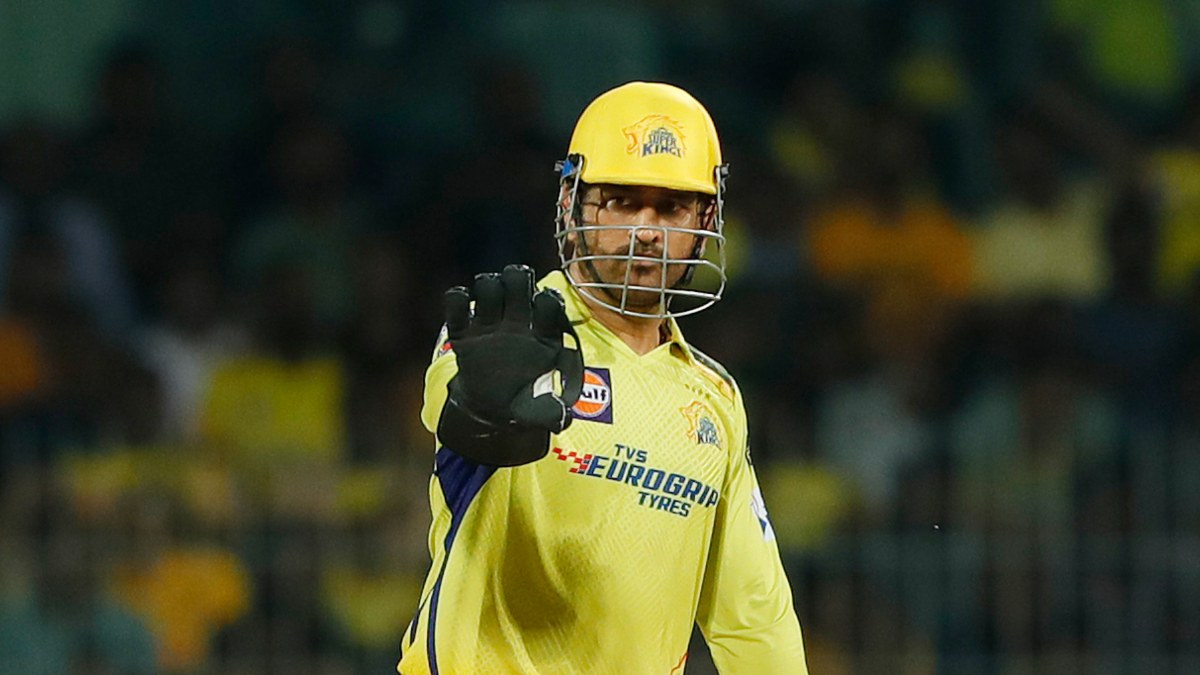Rain. Bloody rain. Inclement weather has somewhat derailed Australia’s march towards another World Cup victory. They have had two matches affected by rain. It has been a frustrating campaign, exacerbated by many of the problems being out of their control.
Australia have been striving to recapture their rhythm after their match against Bangladesh was abandoned. They’ve also had to deal with injuries to key players Michael Clarke and James Faulkner. Against Scotland, Australia’s plans were hindered by Hobart’s notorious weather interfering proceedings.
It has been a stalled campaign, with Australia’s momentum – recaptured after big performances against Afghanistan and Sri Lanka – somewhat being alleviated after constant interruptions during the match against Scotland.
The weather held off long enough for Australia to secure victory by seven wickets and avoid South Africa in the quarter-finals. The Proteas have been largely disappointing thus far and another underwhelming World Cup is highly likely, but armed with match-winners AB de Villiers, Hashim Amla and Dale Steyn ensures South Africa are still highly feared and respected.
The worries over the weather meant Australia had to attempt to finish the game quickly. Ideally, Australia would have preferred batting first in a bid to get more time in the middle for Clarke and Shane Watson. It would have been opportune to settle the batting, which has been a mishmash of a line-up due to form and fitness.
Australia was forced to bowl first but fortunately they have Mitchell Starc to ensure Scotland’s innings was inevitably going to be brief. Starc has sprinted past Steyn and Mitchell Johnson as the world’s best fast bowler, at least with the white ball. He claimed 4-14 and has entered the rarified air of being a bowler expected to take a wicket every delivery. It now seems surprising if one of his piercing yorkers doesn’t hit the stumps. He now exudes aura, with batsmen unable to curtail his menacing 150kmh-plus swinging deliveries. If Australia does indeed win the World Cup, it is easy to envision Starc being feted as the player of the tournament.
After the failed Xavier Doherty experiment against Sri Lanka, Australia reverted back to three pacemen with Pat Cummins getting the nod ahead of Josh Hazlewood. The Cummins versus Hazlewood battle has been an intriguing subplot for Australia during the group stage. Cummins offers the team another genuine fast bowler. Having a rotating line of pacemen capable of nudging 150kmh is terrifying for the opposition and offers no respite for the batsmen. Boasting Cummins also confirms Australia’s beliefs that they play their best when aggressive and intimidating. Australia believes they can eviscerate opponents with both bat and ball, and the potentially potent Cummins helps reinforce that game plan.
Hazlewood was initially preferred after a superb Test series against India where his probing accuracy was likened to Glenn McGrath. At his best, he provides the right balance in the attack with his ability to smother scoring. But Hazlewood has not replicated his earlier success and has noticeably struggled at times against counterattacking batsmen.
So, Cummins looks set to be persisted with and he responded well against Scotland to claim three wickets after initially getting whacked around by some effervescent batting from Calum MacLeod and Matt Machan.
Australia’s lack of a topline spinner means Glenn Maxwell, and perhaps Michael Clarke, will have more burden with the ball, particularly with Australia’s quarter-final to be played at the Adelaide Oval, a ground where spin often plays a crucial role.
After their stunning success against Sri Lanka, Australia stuck with the same batting line-up but plans of developing cohesion were disrupted by the threat of rain. Clarke was promoted to open at the expense of David Warner, and the captain continued to show that his very best form was returning with a fluent 47 off as many balls.
Watson too was given a chance to build on his encouraging efforts against Sri Lanka and returned to his former position at number three.
Unfortunately, the move rekindled Watson’s penchant for frustratingly teasing. He was ruffled by Scotland quickie Rob Taylor, who decided to give Watson a taste of his own medicine with a barrage of verbal volleying. The banter seemed to disturb Watson’s concentration and he once again exasperatingly perished after a rollicking start.
Dynamic batting from Warner and James Faulkner after another rain break ensured Australia finished second in their group, and they will face either the plucky Ireland or the dangerous but inconsistent Pakistan in the quarter-finals. The pathway towards World Cup glory looks slightly easier.
But now the pressure intensifies. After a group stage stretching one month, Australia will be relieved the period of experimenting is over. They have settled their line-up and everyone is healthy. Despite the obstacles, Australia has proved their very best cricket – which has been seen intermittently thus far – is going to probably be too hard for anyone to curtail.
Despite New Zealand and India’s unbeaten records, Australia’s firepower and home advantages make them still the team to beat. There will be no excuses. Australia has to take care of business. Anything other than hoisting the World Cup will be seen as an abject failure.
The suffocating cauldron of expectation starts now. The pressure will be on Australia to consistently produce their very best when it matters the most.


)




)
)
)
)
)
)
)
)